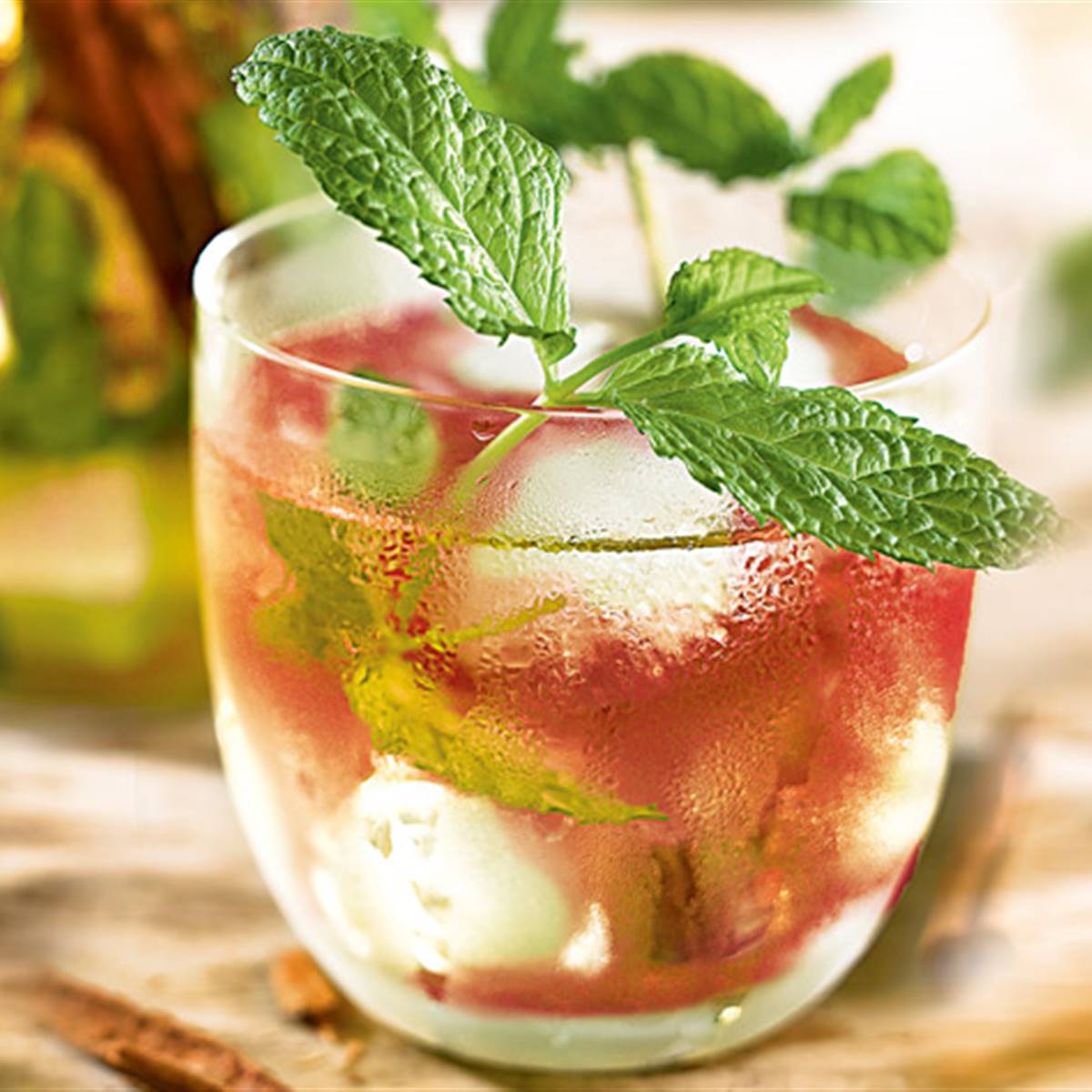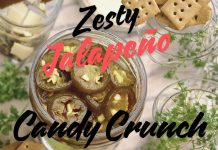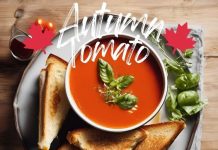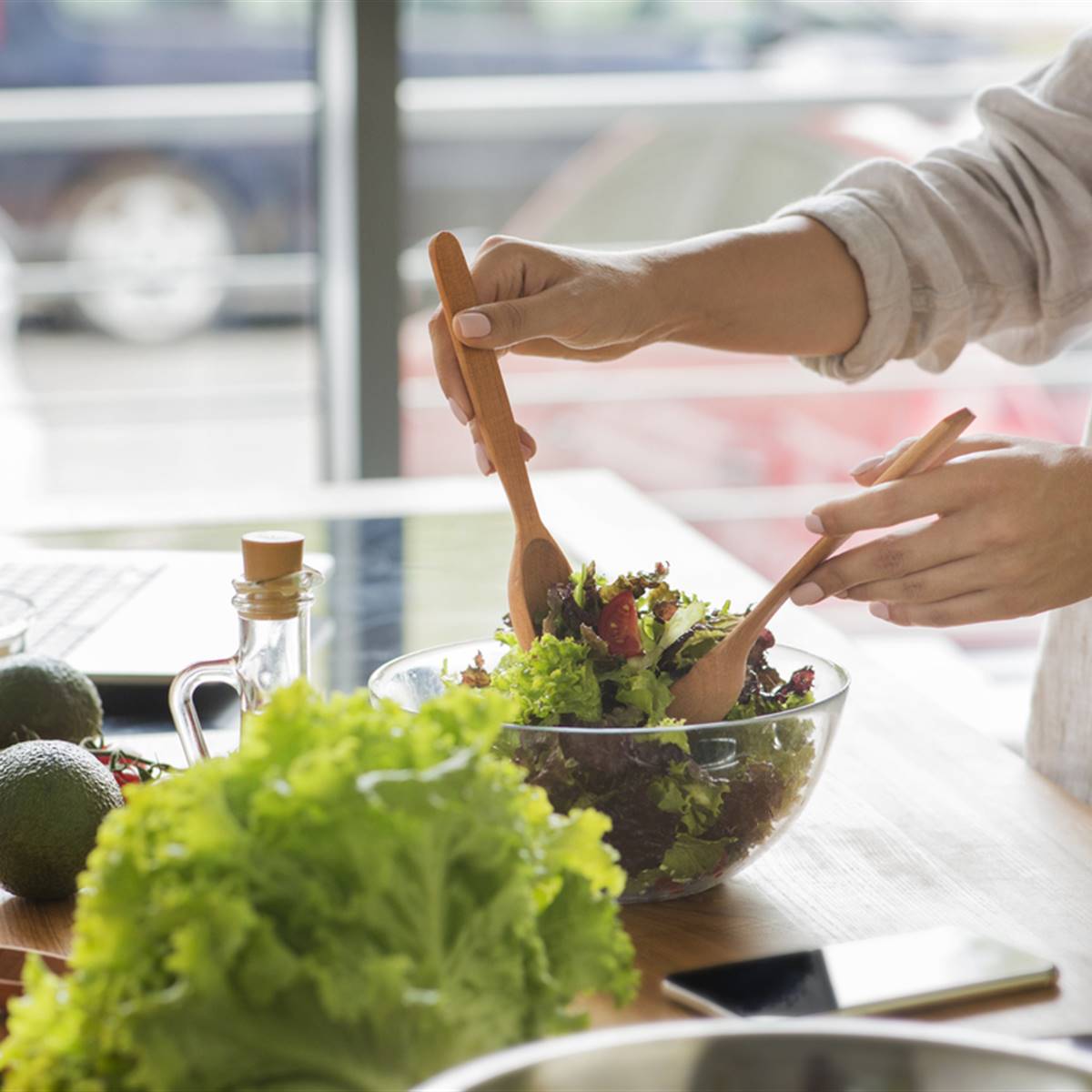Cold brews are great natural soft drinks and a great alternative to sugary sodas. With a wide variety of flavours, they quench thirst and provide us with the properties of plants.
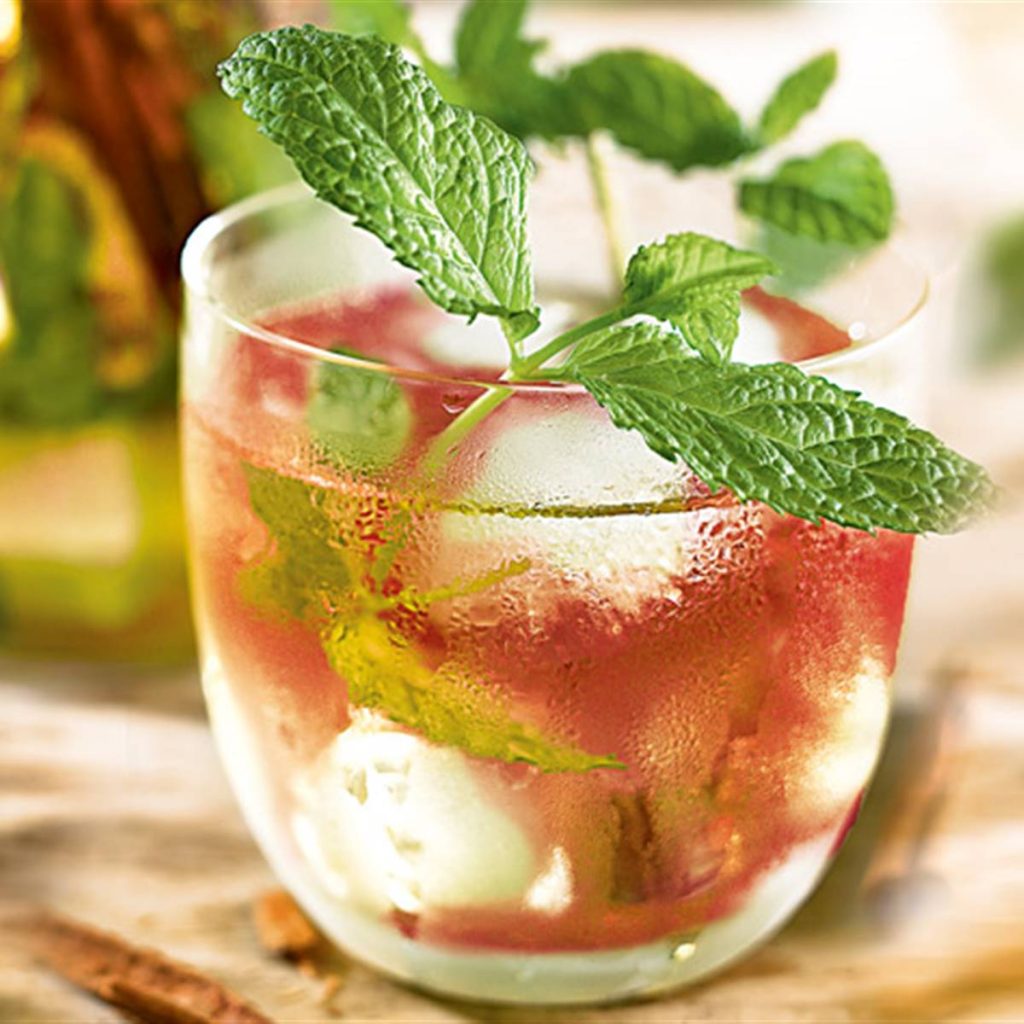
When it’s hot, our bodies cry out for comforting supplemental hydration. It then sends us a warning to predispose us to drink: the sensation of thirst. To top it off, there is nothing better than fresh water, never too cold, or warm water for children, pregnant women and people with digestive or circulatory problems. But we have many other options, and these alternatives in moments of relaxation and company can be much more appealing, such as juices, soft drinks, smoothies and infusions.
The beverages that are most in demand are certainly commercial soft drinks, especially among children and young people, but also among anyone who requires a lot of hydrations, such as athletes, or who wants to stay active for long periods of time, such as executives and students.
INFUSIONS AND ICED TEAS, AN ALTERNATIVE TO SUGARY SOFT DRINKS
A healthy alternative to commercial soft drinks is cold brews. They provide the therapeutic benefits of the medicinal plants with which they are made and which depend on their different active ingredients.
These substances can be very diverse, such as:
- Flavonoids and anthocyanins: present in plant pigments and with antioxidant and anti-inflammatory capacity.
- Coumarins: with venotonic effects.
- Saponins: with expectorant and diuretic virtues.
- Tannins: with astringent and hemostatic action.
- Vitamins, minerals and unsaturated fatty acids: these healthy nutrients can also be present in many of the plants used in infusions.
Cold infusions can be drunk at any time of the day, but they are especially appealing in the mid-morning or mid-afternoon, and in any case when we perceive the heat with greater intensity. Infusions with theine, however, are more recommended to accompany breakfast or after meals.
On hot summer afternoons, to quench thirst alone or in company, but also to combat hot flashes, exhaustion and dehydration after sports or some other strenuous physical effort, cold infusions can be very appealing.
They don’t necessarily have to offer a tasteless or bitter taste, so we won’t always have to mask or enrich the infusion with some syrup or stevia. We have a good range of delicious-tasting plants, such as lemon balm, hibiscus or lemon verbena, which are a pleasure to taste on their own, without the need to sweeten them.
And, above all, cold infusions have in their favor, as an alternative to sugary and carbonated soft drinks, the healing effects they provide.
But before going into detail about all the advantages that these natural soft drinks bring you and how to prepare them to make the most of their properties, we propose a small and refreshing selection for you to start trying:
HIBISCUS AND GINGER DIGESTIVE INFUSION
Both hibiscus and ginger help prevent stomach heaviness, gastric inflammation, and nausea. They are also combined with another great digestive plant, chamomile.
It is prepared directly with cold water and lemon juice.
NETTLE & APPLE CLEANSING TEA
This infusion helps you eliminate liquids while remineralizing thanks to the mineral contributions of nettle and dandelion.
The apple gives it a sweet touch that is enhanced by stevia.
RELAXING INFUSION OF LINDEN, VERBENA AND POPPY
This infusion is ideal for enjoying the day in a more serene way and arriving at night in a more relaxed state that will help you fall asleep.
Verbena and lemon juice give a citrus touch that pairs nicely with linden and poppy.
ROOIBOS TEA WITH LEMON BALM AND CITRONELLA AGAINST GAS
In this pleasant tea, the bitter and woody taste of rooibos is combined with the lemony of lemon balm, citronella and lemon verbena, which is softened by the aniseed counterpoint of fennel.
It helps you eliminate gas, improves your taste in your mouth, and makes digestion easier.
GINSENG STIMULATING INFUSION WITH CINNAMON
The naturally sweet and exotic taste of this herbal tea is truly exhilarating. But so is the action of its plants, which exert a tonic effect on the body.
THE MEDICINAL PROPERTIES OF PLANT-BASED SOFT DRINKS
Among the general properties and advantages of cold infusions over sugary soft drinks, we can highlight the following:
- They incorporate medicinal plants, which are the basis of traditional medicine. The molecules they have are similar to those possessed by human beings, so they act as agents close to and not foreign to the body in the healing process.
- These plants are not usually addictive, except in a few exceptional cases, and many act as digestive balms.
- The vivid colors of many fruits and flowers are due to pigments that act as effective antioxidants and anti-inflammatories.
Infusions that incorporate fruits provide us, although diluted, with the nutritional benefit of their mineral salts and vitamins.
- As the sugar content of herbal teas is zero or, if sweetened, much lower than that of sugary soft drinks, they can be taken for relatively long periods, in always weighted doses.
- We can complement the actions of some plants and others to balance their properties and enhance their therapeutic and preventive effect. With the advantage that, unlike drugs, they do not usually have side effects. This does not mean that they are harmless: misuse or overconsumption can also lead to health problems.
- They hydrate us when it’s hot, with the advantage that, while hydrating, they transfer the active ingredients and nutrients of the plants they make up to the thirsty body.
- Most infusions have a diuretic and depurative function, which is once again very suitable in the hot months, and help to eliminate waste substances through the urine, which is an excellent support to lose a few kilos. In any case, it should be noted that they do not necessarily eliminate fat accumulations. And it is advisable, in addition to taking the appropriate infusions, a light, balanced diet and systematic physical exercise.
- Last but not least, herbal teas offer all these benefits while still being an excellent and appetizing soft drink that quenches your thirst, and does not distract or deceive you like the sugary soft drinks on the market do.
THE MOST COMMONLY USED MEDICINAL PLANTS
The list is extensive, so the variety of infusions that are delicious as a soft drink is enormous:
- Aromatic plants such as hyssop, lavender, thyme, mint or sage are rich in essence, and show a digestive, antiseptic and expectorant action of high therapeutic value.
- Umbelliferous, which include celery, anise, fennel, caraway and cumin, stand out for their carminative and also digestive, antispasmodic and diuretic power, which is given to them by the essential oil, flavonoids and sterols that are among their most valuable active ingredients.
- Many fruits and berries, including strawberry trees, blueberries, blackthorns, plums, blackberries and raspberries, contain red and blue pigments in their skin that exert an antioxidant and anti-inflammatory action, from which we can benefit.
- The flowers of hollyhocks, hibiscus or violas carry mucilage and anthocyanins and behave as anti-inflammatory, mucolytic and laxatives.
- Some spices such as cinnamon, ginger or turmeric, also very rich in essential oils, also provide their stimulating, antiseptic and balsamic effects to the infusions that incorporate them.
- To eliminate the sensation of thirst, infusions with a touch of bitterness such as tea or rooibos are usually more effective than sweet ones. And plants with an intense flavour and sometimes a hint of spice are also quite effective.
- Many cold infusions include plants with a certain citrus or lemony flavour such as citronella, lemon balm, savory or lemon verbena, and some people like to add lemon juice to enhance this aspect.
PREPARE YOUR COLD INFUSIONS WITHOUT LOSING PROPERTIES
To preserve the active ingredients of medicinal plants, it is necessary to avoid subjecting the infusion to excessive boiling, which would degrade them.
It is also possible to prepare infusions or macerations directly with cold water.
1. HOW TO MAKE AN INFUSION
Infusion is the simplest way to create a plant remedy. However, decoction is not the same as blanching these plants. These methods can produce different effects depending on the active ingredients contained in each plant.
- As a general rule, the recommendation is to boil the plants or their hard and fibrous parts, such as bark, woody stems or roots, or if you want to achieve more concentrated solutions, such as those required in laxative remedies. That way we would get a decoction.
- On the other hand, blanching reserves softer plants or parts of plants, such as leaves, some fruits and flowers, in order to prevent essences or other active ingredients from eventually dissipating or evaporating.
- Infusions with flowers and tender leaves – not leathery – do not require more than blanching. Simply place the herb or herb mixture in a teapot and pour the freshly boiled water over it. It should be covered, to prevent the essential oils from escaping or evaporating, and the infusion should be kept to rest for about 10 minutes. To drink it cold, once it has lost the heat, it is stored in the fridge for a few hours, or better even overnight.
You can also add an ice cube to the infusion just as you are going to consume it or keep it for an hour in the freezer.
- Stronger herbs or parts of herbs can also be boiled briefly and then follow the previous pattern.
- The berries can be subjected to a short decoction or macerated in very cold water.
- And in infusions that combine herbs and fresh fruits, the latter should be cut into slices or cubes, placed in a glass bottle, then added cold water and herbs, and kept in the fridge for 2 or 3 hours.
The recommended amounts of plants are, in general:
- 20 grams of dried plant or 30 grams of fresh plant per 500 ml of water if using a kettle
- 5 grams per cup of water in individual doses
Ideally, you should prepare the infusion in the afternoon and store it in the fridge overnight, to drink it the next day. Cold infusions prepared at home can be kept for 48 hours in the refrigerator, as after that time they usually lose part of their active ingredients.
2. HOW TO PREPARE A COLD WATER MACERATION
Macerations in cold water are particularly suitable for incorporating plants rich in mucilage, gums, bitter principles and essences. Also, plants with hard elements – logs, bark and roots – such as witch hazel, burdock, hyssop or sarsaparilla.
They are left overnight or even a day or two so that the water is well impregnated with the flavor of the plants.
However, it is necessary to make sure that the plants to be prepared in cold water are free of parasites, impurities or dirt. It is therefore advisable to wash them well before placing them in the kettle to prevent them from containing pockets of bacteria. In an infusion there would be no problem, because due to the effect of the heat they would be destroyed, but extreme precautions must be taken in macerations.
Plants with minimal toxicity or irritant potential, such as plants rich in alkaloids, histamines and some glycosides or catechic tannins, including horsetail, nettle, juniper or passionflower, should be discarded during macerations.
USE THEM TO MAKE SORBETS, JELLIES AND AROMATIC ICE CREAMS
Medicinal plants can be used to make refreshing summer delicacies such as sorbets, jellies or ice creams, which are healthy and very appetizing.
Infusions of aromatic plants such as savory, fennel, thyme or tarragon can be used to dress salads and stews made with vegetables, legumes and fish. But they can also be incorporated into cakes, ice cream, sorbets, and other refreshing options.
Examples of this practice are black tea or green tea, ginger, cinnamon, sage or chamomile ice cream, mint, basil or watermelon and jasmine tea sorbets, rooibos-infused lemon sorbet or ratafia-infused flan.
Medicinal plants can also be used as a base for vegetable and natural gelatins. It is advisable to curdle them with agar, a gelatin that is extracted from algae that is healthier than that of animal origin. Among other benefits, it helps regulate intestinal transit and limits the absorption of fats.
To make the gelatine, pour the agar-agar powders into the hot infusion and stir well until the desired consistency is achieved. It is then left to cool in the mold. Hibiscus, cinnamon and apple infusions are among the most valued for making these jellies.
WHY AVOID COMMERCIAL SOFT DRINKS
According to a study carried out by Professor Víctor J. Martín Cerdeño of the Complutense University of Madrid, Spanish households consume 1,743 million litres of soft drinks and other soft drinks per year and spend more than 1,438 million euros on this concept.
It means an average per capita consumption of almost 50 litres per year, which is outrageous! And cola, with 50%, is the main drink consumed. The ubiquitous advertising of soft drinks, aggressive and catchy in many cases, contributes substantially to consolidating this consumption, as does social mimicry.
Fizzy drinks contain large amounts of refined sugar, but not only that. They also contain preservatives, colorings, and other additives, such as caffeine, phosphoric acid, or even traces of monosodium glutamate, a flavor enhancer.
So, if a continuous and excessive consumption of this type of products continues, they can end up generating different health problems from a very early age, such as overweight, obesity, diabetes, hypertension, damage to tooth enamel due to the action of acid, bone weakening, allergies and kidney disorders, such as the formation of stones.
Sodium benzoate, present in many of these beverages, increases the assimilation of this nutrient, sodium, and reduces the absorption capacity of potassium, which poses a risk to hypertensive people.
The gas added to soft drinks – carbon dioxide, which is what gives them the fizzy bubbling – helps make them more palatable, but also more addictive, inflates the abdomen and can cause gastric irritation and gas problems.
In addition, this gas stimulates gastric juices and tricks the body causing a feeling of satiety, so we stop nourishing ourselves with the food we really need, an aspect that must be taken into account with children.

